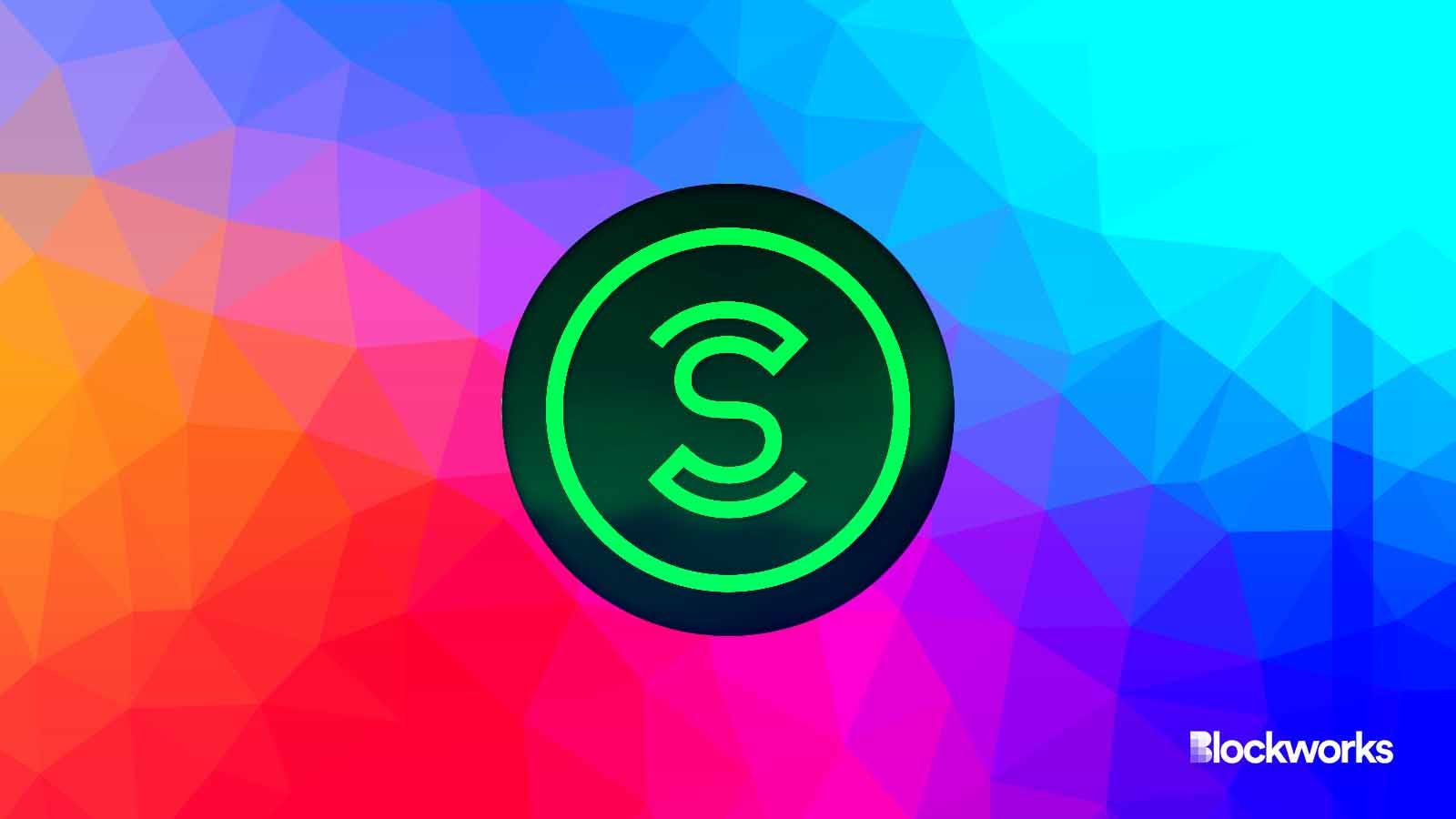The crypto infrastructure is here, but where are the apps?
Dapps have been slow to develop, but there are a few promising exceptions

Sweatcoin and Adobe modified by Blockworks
If you build it, they may still take a while to come.
Crypto has built a smorgasbord of infrastructural rails for app creation, leaving developers with hundreds of software combinations to use in building decentralized apps (dapps), or apps that run on decentralized networks.
But, so far, for all the technology on offer, few teams seem to be making use of it.
Among the top blockchain-based applications on DappRadar, only four have over 100,000 daily unique active wallets. Some promising consumer crypto apps are seeking adoption by asking for as little behavioral change as possible for those jumping on board.
The consumer dapp delay has been partly caused by crypto’s use of total value locked (TVL) as a measure of an app’s success, Oleg Fomenko, co-founder of Sweat Economy and the consumer-facing Sweatcoin app, said. TVL, a bugaboo for many in crypto, causes developers to aim for the wrong targets in Fomenko’s view.
Read more: Is it time to drop TVL as a DeFi metric?
“The easiest way to get TVL is by attracting a few whales, and when you build for them…the user experience is going to be very different from what you need to build for the next billion people,” Fomenko said, adding that active users is a more helpful target.
Two of the top three dapps by unique active wallets used crypto rails to build apps that give rewards for everyday activities.
Cosmose AI’s KAIKAINOW app lets users earn rewards for engaging with content on their phone’s lock screen, paid out in the KAI-CHING stablecoin, which is hosted on the NEAR protocol. KAI-CHING engages with over 600,000 unique wallets a day, per DappRadar.
The similarly-quotidian Sweat Economy pays out token rewards based on users’ step counts with its “Sweatcoin” app. Steps convert to SWEAT tokens, also built on NEAR, which users can interact with in the Sweat Wallet app.
Read more: Buoyed by XRP court ruling, Sweat Economy goes live in the US
The step-counting app is meant to appeal to the “crypto-curious” who are held back by complicated app interfaces, Fomenko said.
“[Our] research does not show that crypto is a turn off for people…it doesn’t have bad connotations, but it is associated with a horribly complicated user experience,” Fomenko said.
Sweatcoin currently sits at #9 on the App Store’s “Health and Fitness” chart. Fomenko said Sweat Economy’s internal data shows a large majority of its users are new to crypto and Web3, which is partly where the app’s value comes from. Crypto-native companies can pay to partner with Sweatcoin and reach an audience that is ostensibly new to crypto.
TinyTap is another dapp seeking to make widespread behavior a little more Web3. On the mobile-enabled platform, educators can publish learning games for students as NFTs and receive crypto payments for the content.
Read more: Apple allows NFT sales on its App Store — But there’s a catch
One impediment, Fomenko said, is a reticence from developers to work on Web3 mobile apps for fear of Apple, Google or regulation. A majority of the top ten dapps by unique active wallets do not appear on the major app stores.
Updated Dec. 12, 2023 at 3:37 pm ET: Clarified that users can interact with SWEAT tokens in the Sweat Wallet app.
Get the news in your inbox. Explore Blockworks newsletters:
- The Breakdown: Decoding crypto and the markets. Daily.
- 0xResearch: Alpha in your inbox. Think like an analyst.






